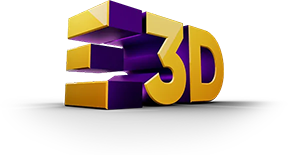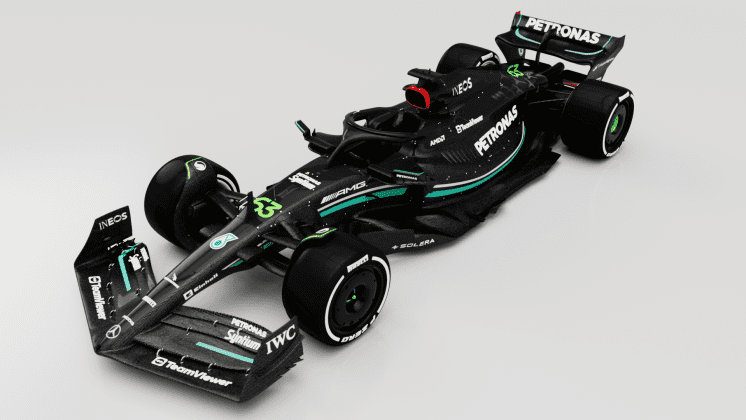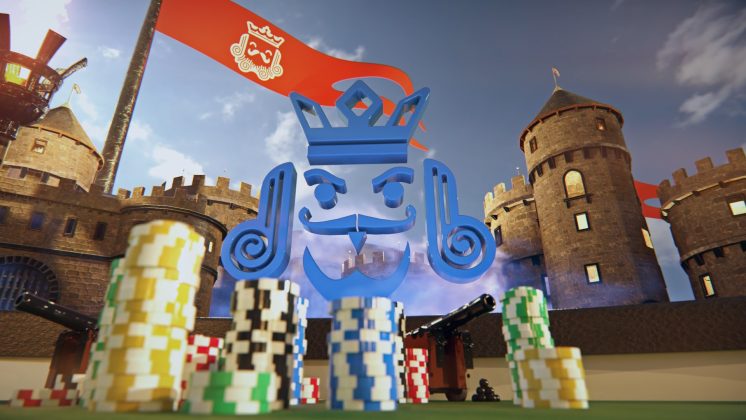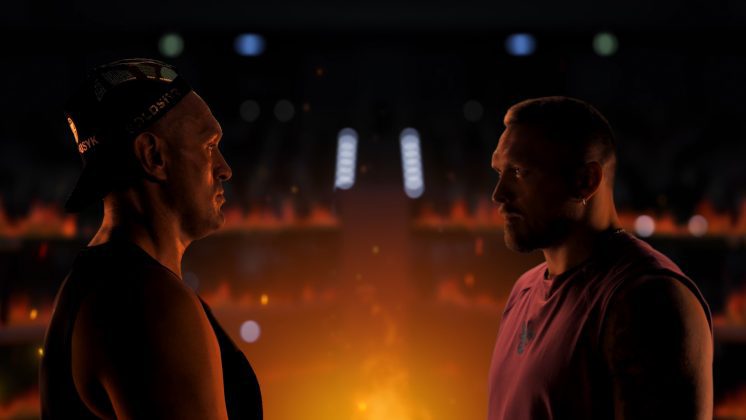How Does CGI Animation Work?
In today’s digital age, CGI animation has become a cornerstone of entertainment, advertising and even education. From the latest blockbuster movies to eye-catching adverts, CGI animation brings stories and concepts to life in ways that were once unimaginable. But how does CGI animation work, and what goes into creating these digital masterpieces?
What is CGI Animation?
CGI, or Computer-Generated Imagery, is the use of computer graphics to create or contribute to images in art, media and simulations. CGI animation specifically refers to the creation of moving images via computer graphics. It’s a technique that can produce incredibly lifelike animations, making it a favourite in film, video games, virtual reality and more.
The Technical Perspective
Creating CGI animation is a complex process that involves several stages, each requiring a blend of artistic skill and technical expertise.

Concept and Storyboarding:
Every CGI animation project starts with an idea. Artists and writers create storyboards to outline the narrative and visual flow of the animation. These storyboards are essentially a series of sketches that map out key scenes and actions.
Modelling:
Next comes the creation of 3D models. This involves sculpting characters, environments and objects within specialised software. Programs like Blender, Autodesk Maya, and 3ds Max are popular choices for 3D modelling. Each element is crafted with meticulous detail to ensure it looks realistic when animated.

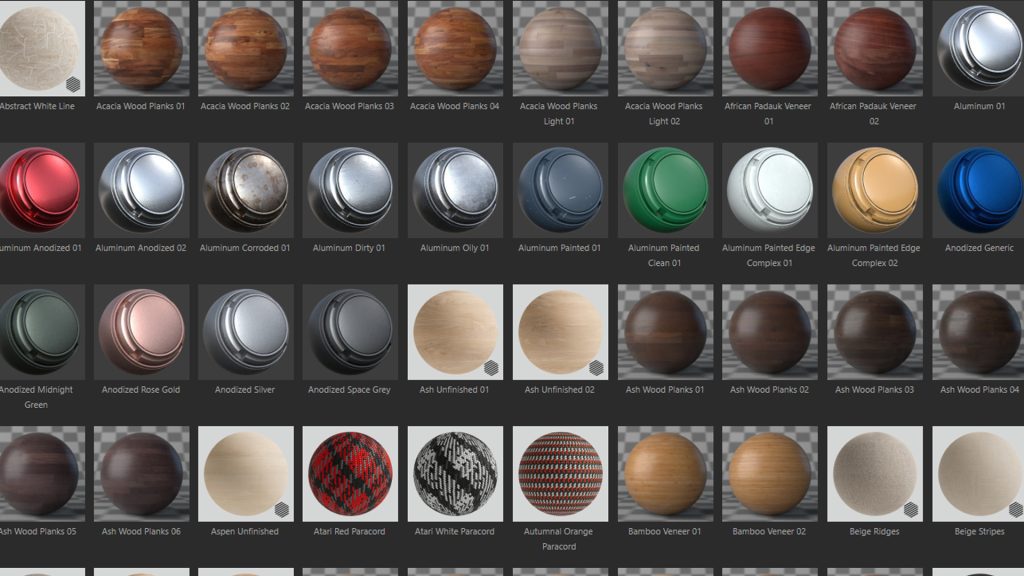
Texturing:
Texturing adds surface details to the 3D models. Artists apply textures to give models colour, patterns and surface qualities like roughness or shininess. This process makes the models look more realistic and visually appealing.
Rigging and Animation:
Rigging is the process of creating a skeleton for the 3D models so they can move. Once rigged, animators can manipulate the models to create movement. This step is where the characters and objects are brought to life, frame by frame.
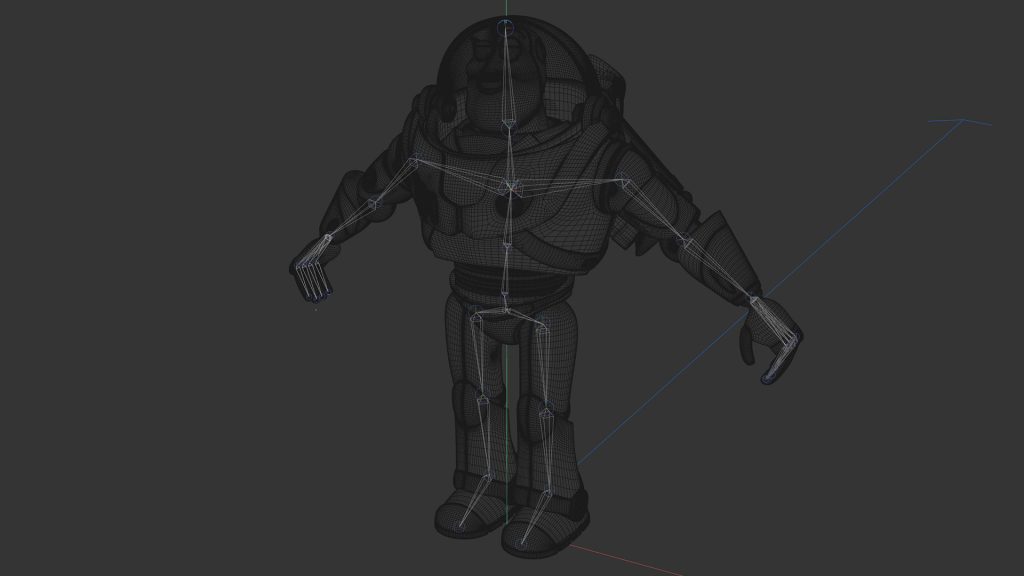
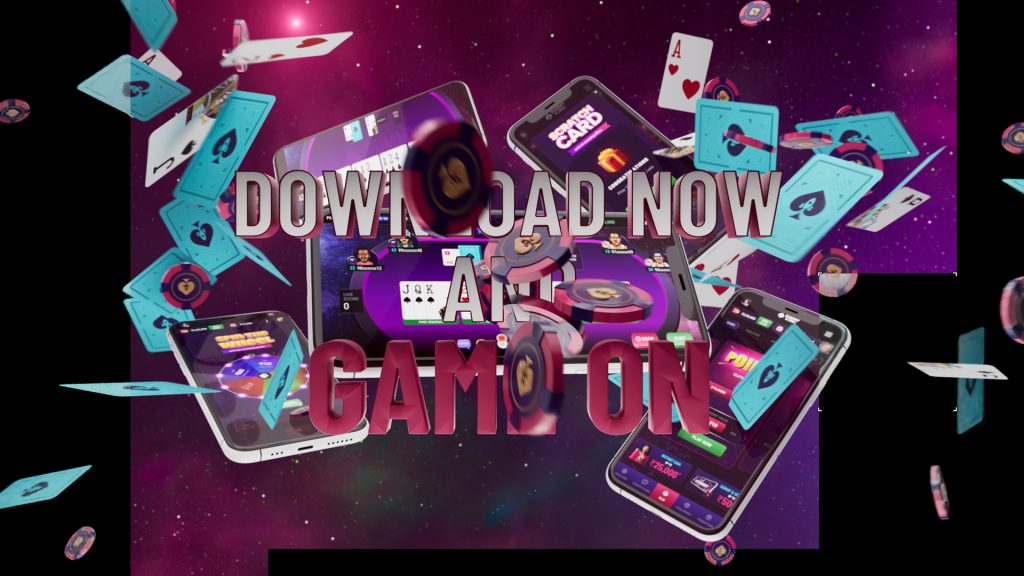
Lighting and Rendering:
Lighting is crucial in CGI animation, as it affects the mood, appearance and realism of the scene. Animators place light sources within the scene and adjust their properties to achieve the desired effect. Rendering is the final step where the computer processes all the information – models, textures, lighting – to produce the final images. This can be a time-consuming process, as high-quality rendering requires significant computational power.
Post-Production:
The final rendered images are then edited and composited with other elements like special effects, sound and music. This stage ensures that everything comes together seamlessly.
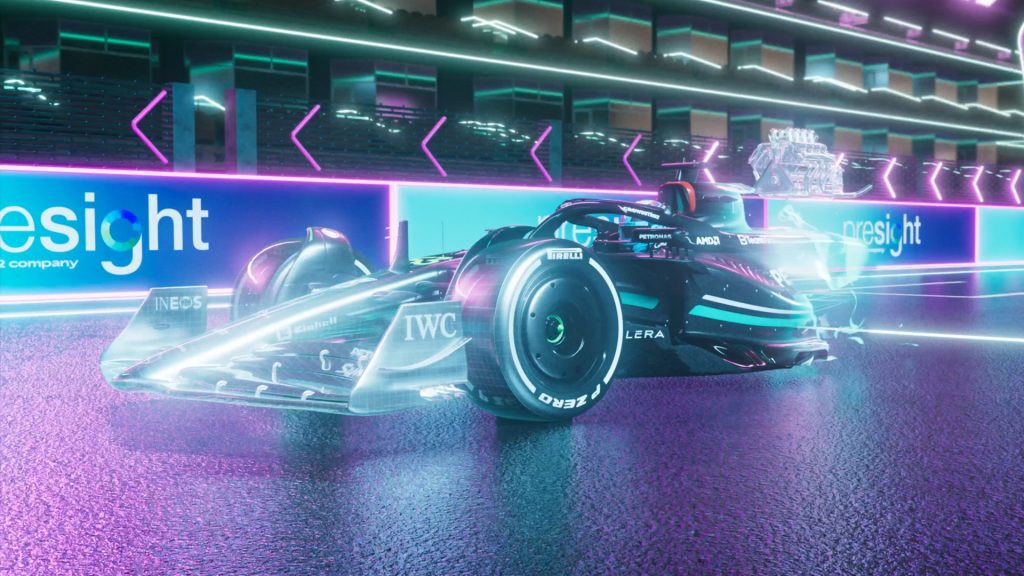
From a Consumer’s Perspective
For the end consumer, CGI animation is all about the experience. It provides an immersive and engaging way to enjoy stories, learn new concepts, or be entertained.
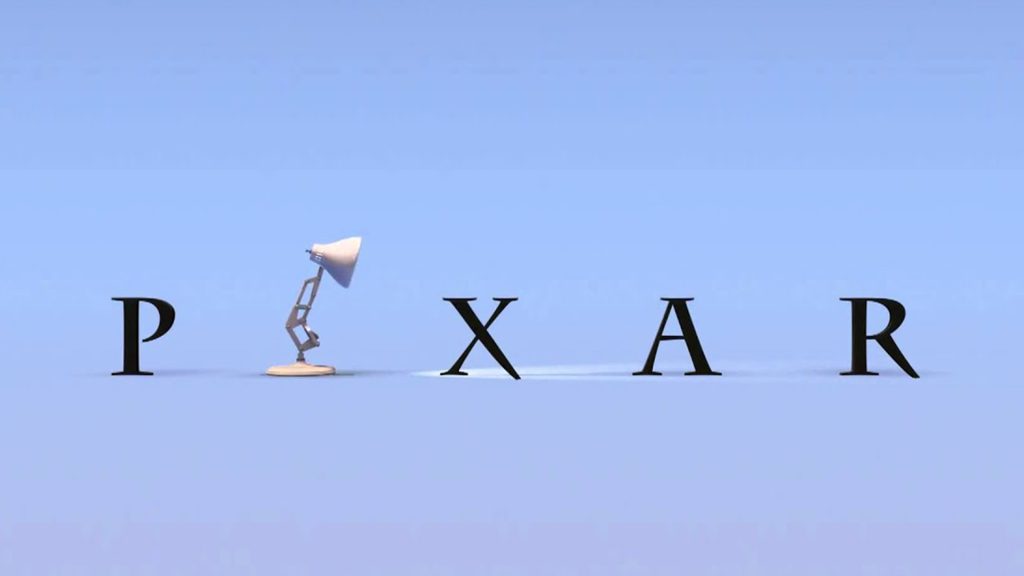
Movies and TV Shows:
Consumers often experience CGI animation through films and TV shows. Blockbuster movies like those from Pixar or Marvel use CGI to create stunning visuals and lifelike characters that captivate audiences.
Video Games:
In the gaming world, CGI animation is crucial for creating realistic characters and immersive environments. Players can interact with these CGI elements, enhancing the gaming experience.
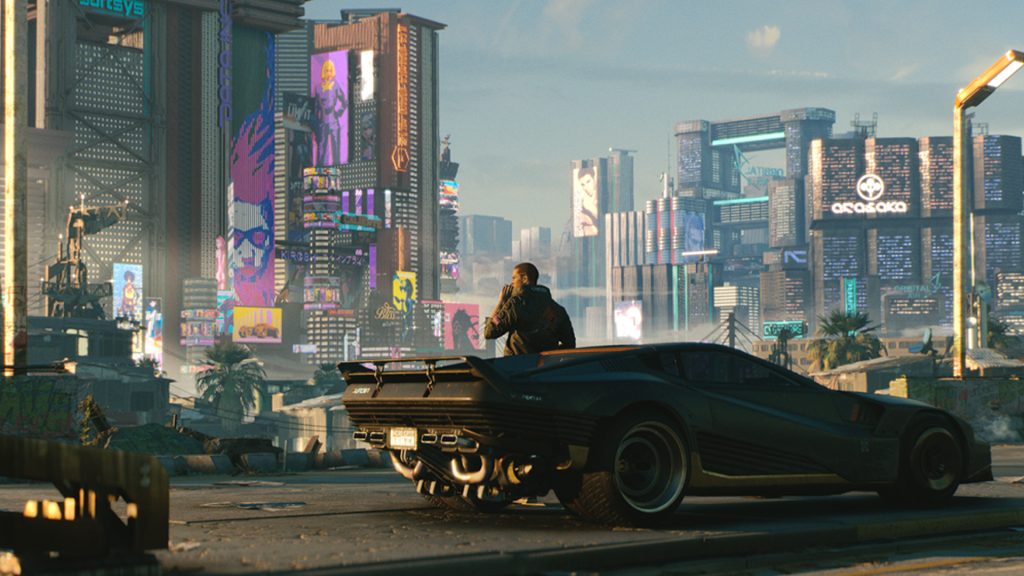
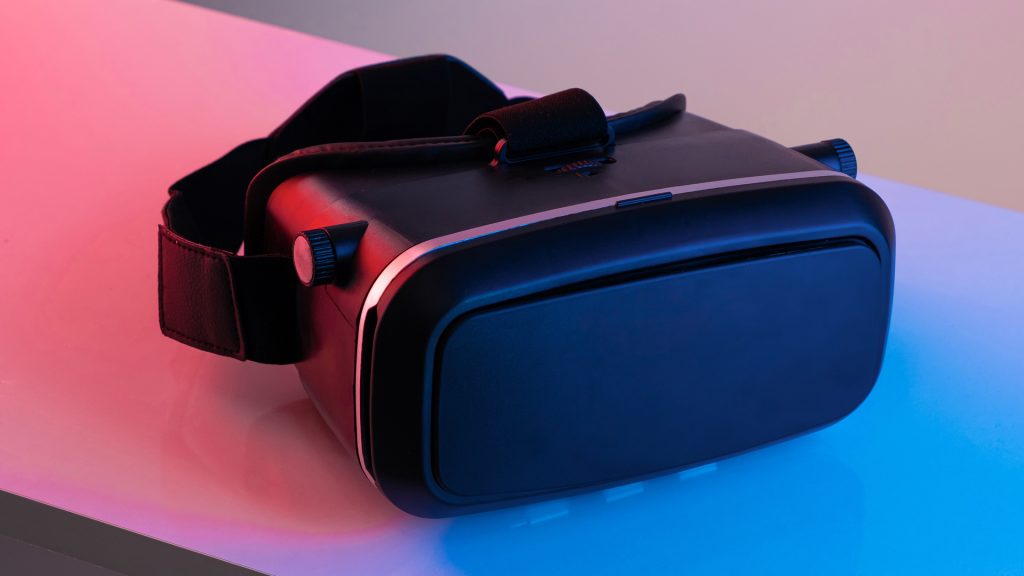
Virtual Reality:
CGI animation is also a key component of virtual reality (VR). It allows users to step into digital worlds and interact with them in ways that feel incredibly real.
The Tools and Techniques
There are numerous software tools available for creating CGI animation. Apart from Blender, Maya and 3ds Max, tools like Houdini, Cinema 4D, and Unity are also widely used. Each of these tools has its own strengths and is chosen based on the specific needs of a project.
Recently, AI tools have started to play a role in CGI animation, helping to automate certain tasks and enhance the creative process. However, despite the advancements in technology, the core of great CGI work remains human creativity. The ideas and execution by talented artists and animators are what truly bring CGI animations to life.
View more of Emotive 3D’s CGI and 3D animation
CGI animation is a fascinating blend of art and technology. While the tools and techniques continue to evolve, the essence of great animation lies in human creativity. At Emotive 3D, we pride ourselves on combining technical expertise with imaginative storytelling to create animations that not only look stunning but also resonate with audiences. Whether it’s for film, advertising, or VR, our team is dedicated to bringing your visions to life through the power of CGI. Click the link below to learn more.
If you want to learn more about CGI and 3D Animation and how it can help your business click below.
